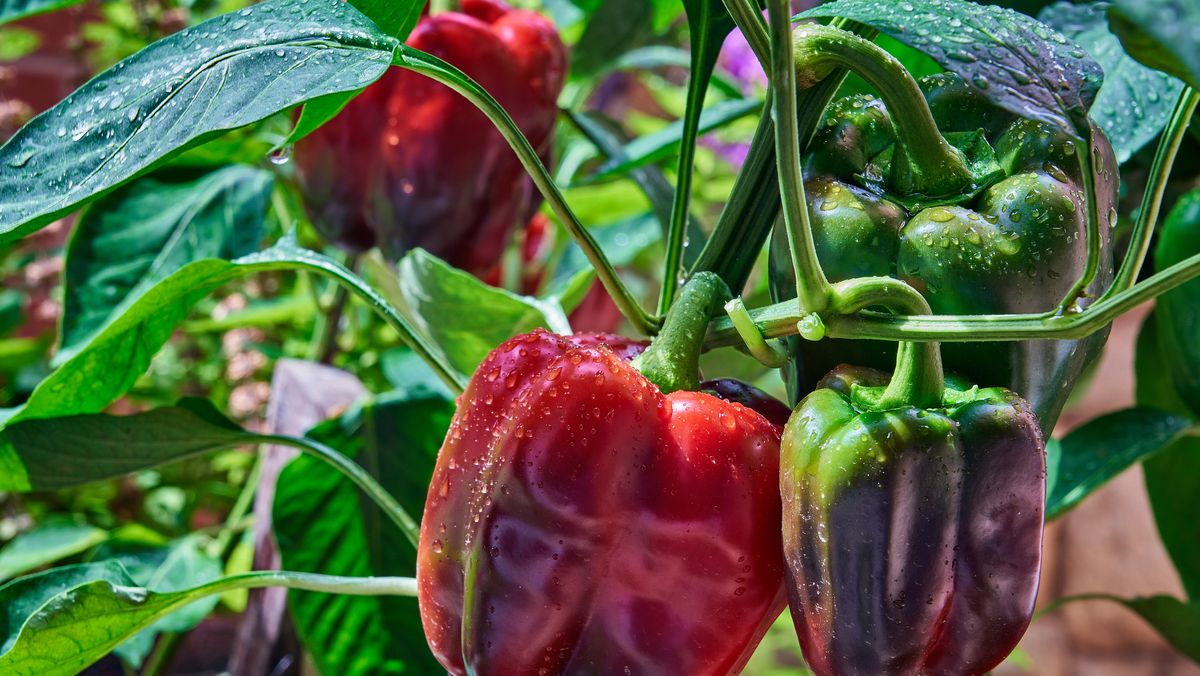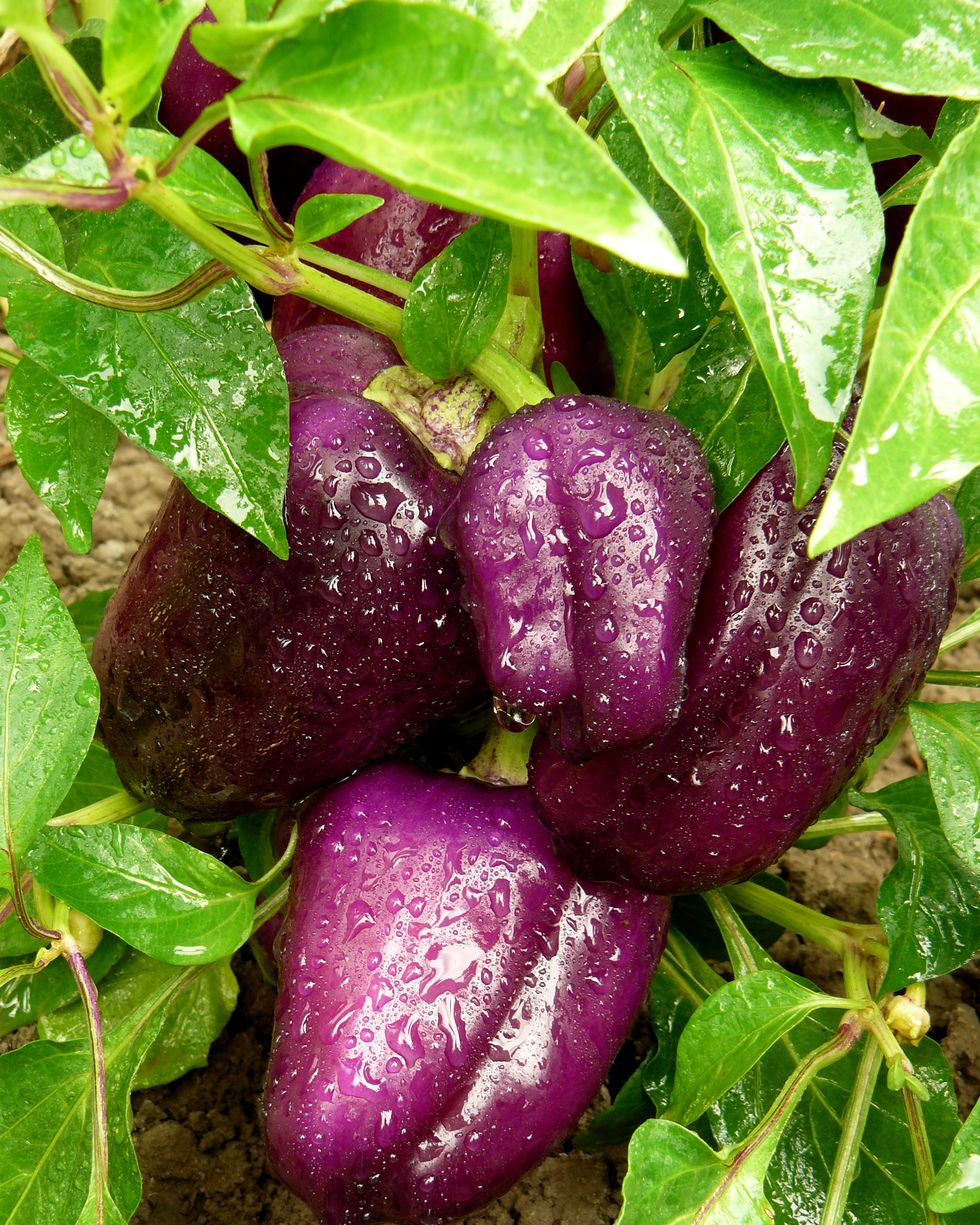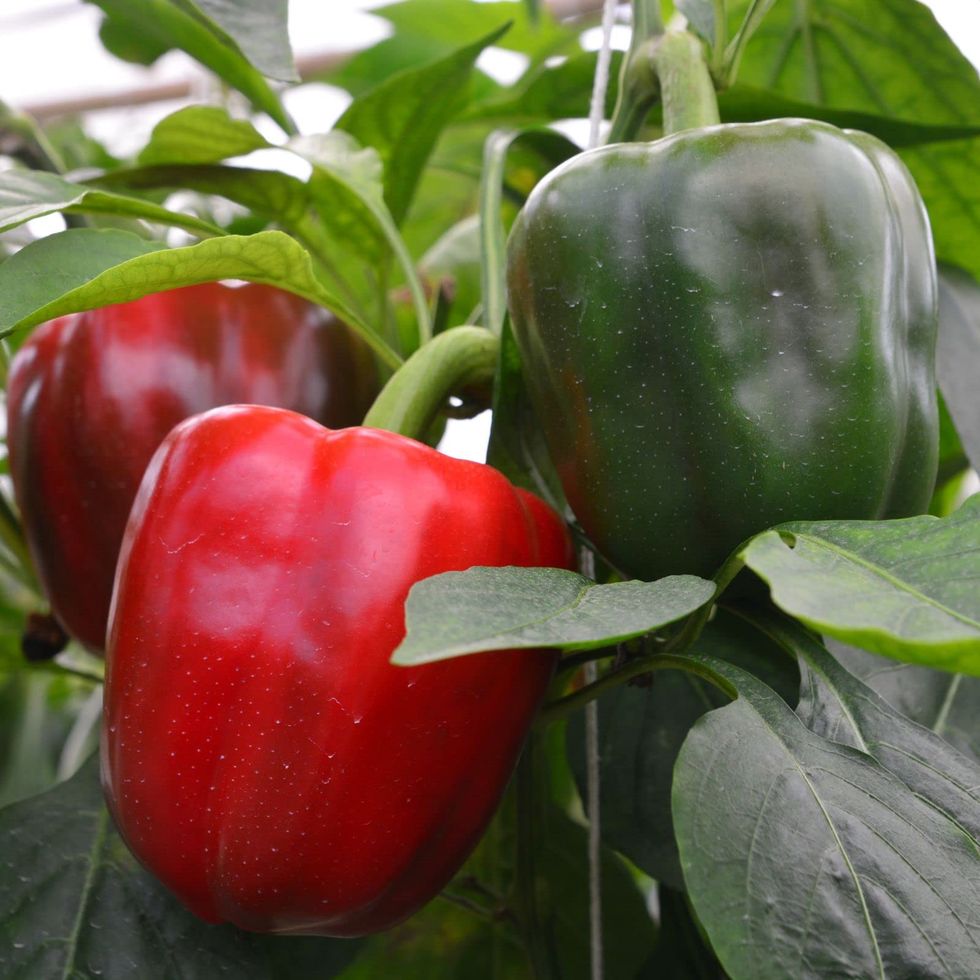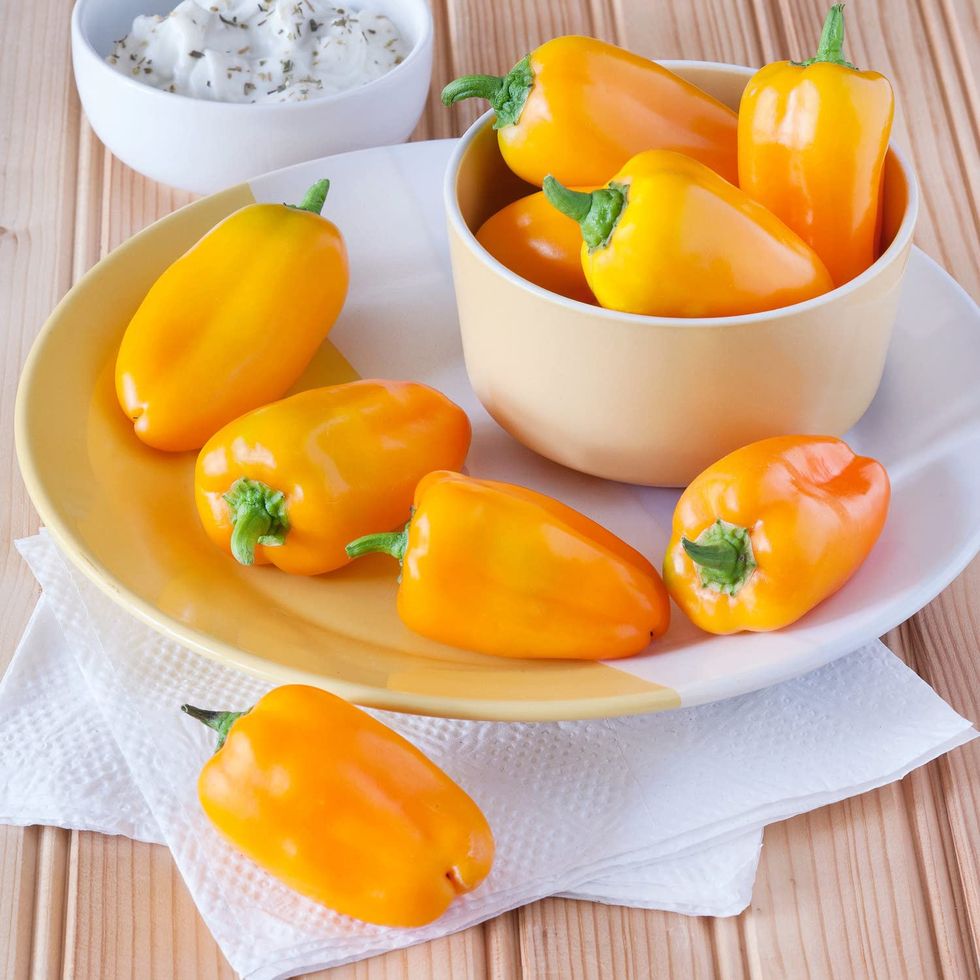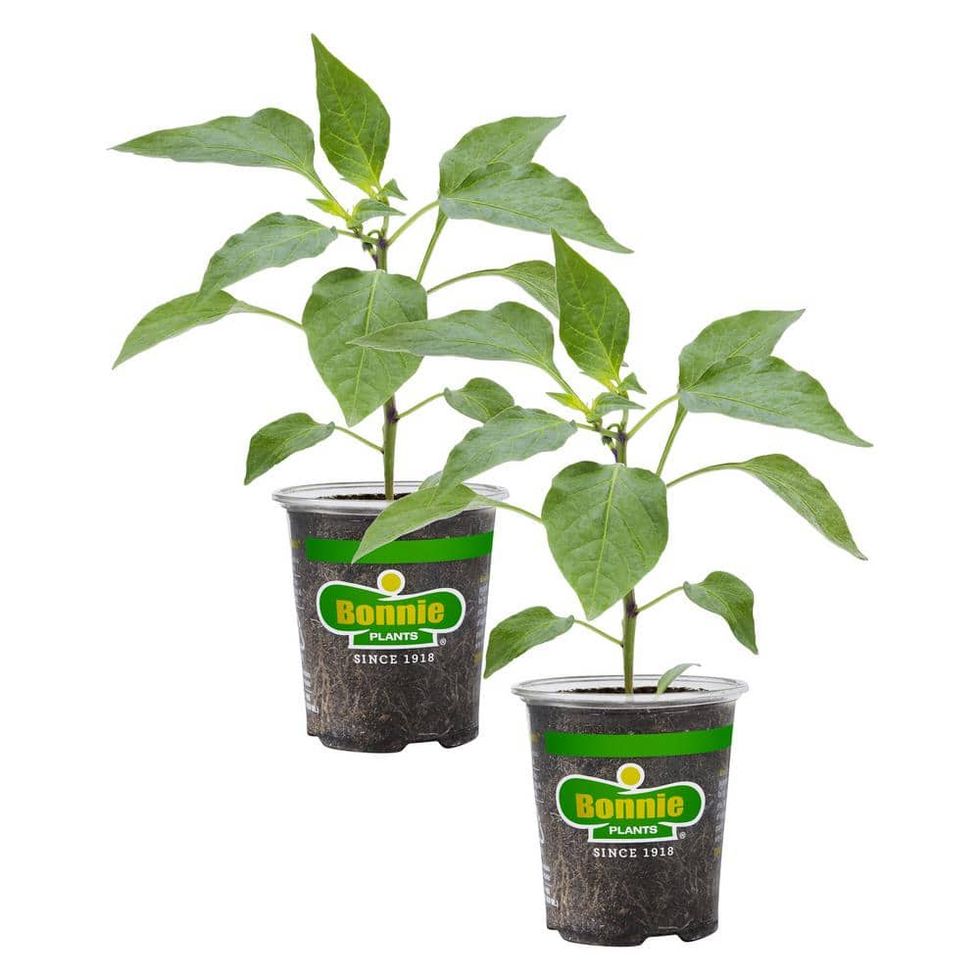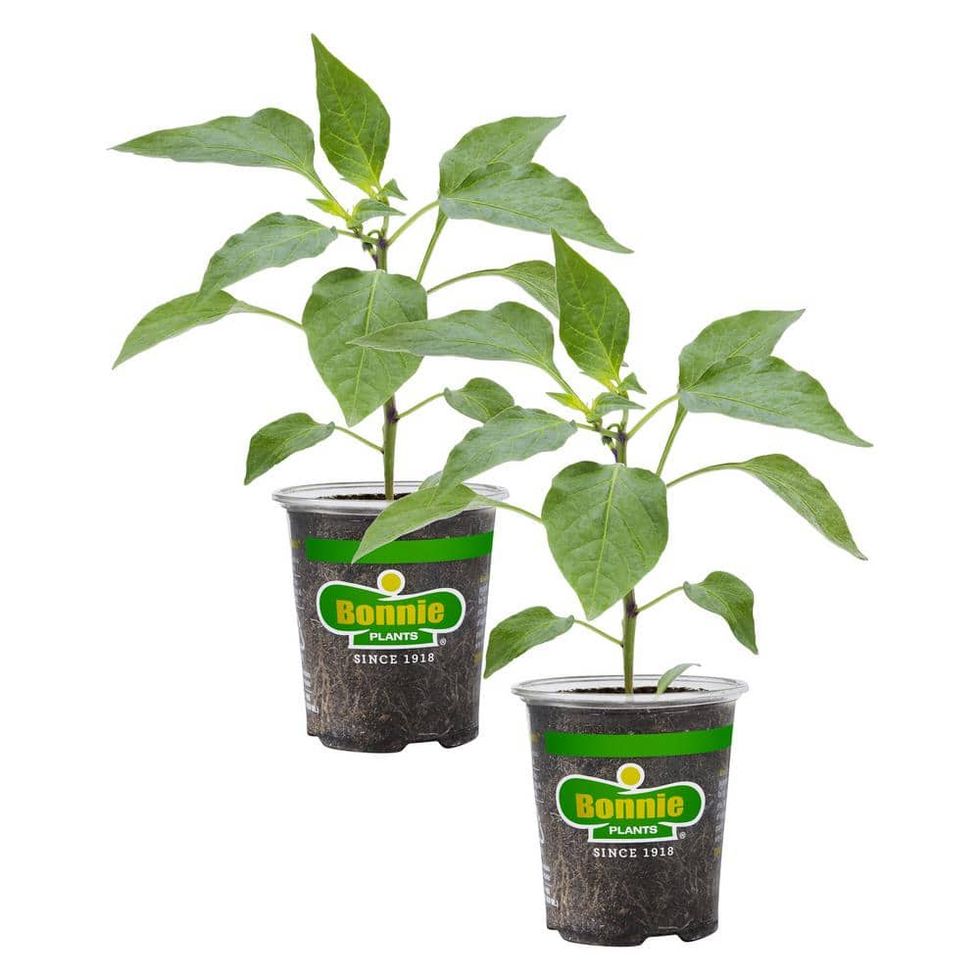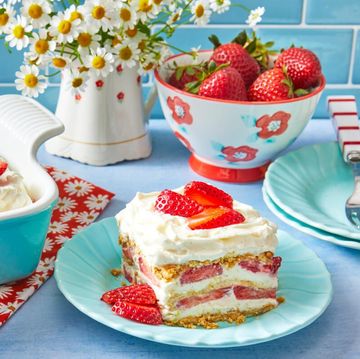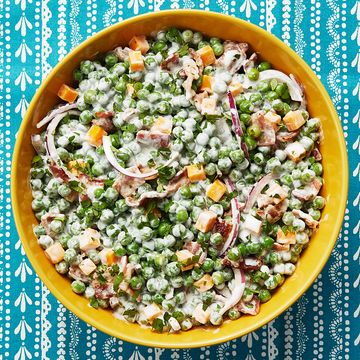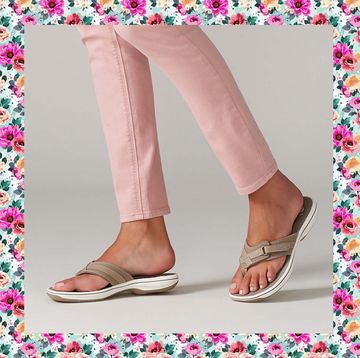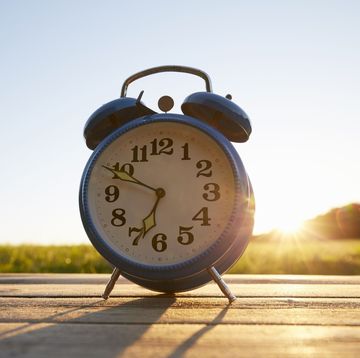If you love bell peppers, you know there’s no comparison between the ones you find at the grocery store and those you grow in your own vegetable garden. With their blocky shapes that are ideal for stuffing, crispy texture, and sweet flavor, homegrown bell peppers are a must-have for any serious pepper lover.
As far as veggies go, bell peppers do need a little TLC to yield a good crop. “If you’re a novice gardener, it’s easier to purchase seedlings, rather than trying to grow peppers from seed,” says Pam Farley, garden blogger at Brownthumbmama.com and author of The First Time Gardener: Container Food Gardening. “They also love hot weather, so don’t plant them too soon when nights are still chilly or they’ll struggle.”
Although the plants won’t die in cold weather, they’ll just sort of sit there and do nothing. That’s why soil temperatures should be about 70 degrees with nighttime temperatures in the 50s before you put peppers in the ground. (Find your local soil temperature here).
Bell peppers take 60 to 90 days to mature, depending on the variety, so read the plant tag or description to know how long each type will require to ripen. Fun fact: Although not all gardeners realize it, green peppers are actually the unripe pepper, which eventually turns red, yellow, orange, or purple when left on the vine for a few more weeks.
Here’s what else you need to know about how to grow bell peppers:
How do I plant bell peppers?
Once all danger of frost has passed in your area, plant peppers in a spot with full sun, which is considered 8 hours of direct sun per day. If you live in a very hot climate, they may benefit from some afternoon shade to prevent them from getting scalded by the sun, says Farley.
Plant peppers in rows about 12 to 18 inches apart. Bell peppers also do well in containers and grow bags on your deck, patio or balcony if you’re tight on space. “Stake them with bamboo canes or tomato cages to keep them supported and off the ground,” says Farley. After planting, mulch with wood chips, straw, or compost to help conserve moisture and keep down weeds.
Should I fertilize bell peppers?
Bell peppers aren't heavy feeders, like tomatoes, but they do benefit from being fed regularly, says Farley. If you like, use a starter fertilizer when planting, then feed about once a month with a general purpose garden fertilizer. Or use granular extended release food, too, if you don’t want to have to remember when you fed your plants. Follow the package instructions, and don’t overdo it; too much nitrogen (the first number on the package) will cause plants to push lots of new foliage but no flowers or fruit.
How do I water bell peppers?
This is probably the most important tip: Bell peppers need consistent moisture and deep watering, or they may develop blossom end rot, which results in mushy spots and black lesions on the fruit, says Farley. Moderate, even watering is ideal.
Another option to deliver just the right amount of steady moisture is to plant peppers in a self-watering container that has a reservoir you fill every few days; this allows the plants to take up exactly what they need for strong growth.
When can I harvest bell peppers?
You can harvest a few weeks after the fruits form when your peppers are green; they’ll have a crisp texture and somewhat bitter taste. But with another week or two on the plant, peppers will turn yellow, red or orange (or whatever the variety's mature color) and have a sweeter taste. Use a knife or pruning shears to snip the peppers because the plants can break if you try to pull the fruit off. “Frequent picking also encourages more production,” says Farley.
Once harvested, bell peppers can be used in Ree's stuffed peppers, fajitas, salads, or grilled sausage and peppers.
Arricca Elin SanSone has written about health and lifestyle topics for Prevention, Country Living, Woman's Day, and more. She’s passionate about gardening, baking, reading, and spending time with the people and dogs she loves.
